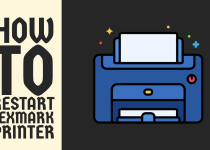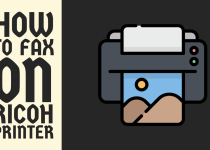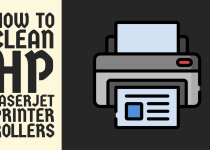How to Print All Files in a Folder – Easy Guide
Have you ever found yourself clicking through dozens of files, printing them one by one, and wishing there was a better way? Whether you’re preparing for a crucial board meeting or organizing documentation for an audit, printing multiple files can be a tedious endeavor.
Fortunately, modern operating systems offer several ingenious methods to streamline this process, making it possible to print all files in a folder with minimal effort.
In this comprehensive guide, we’ll explore various approaches to expedite your bulk printing needs. From user-friendly graphical interfaces to more sophisticated command-line techniques, you’ll discover methods that match your comfort level and technical expertise.
We’ll break down each approach into simple, actionable steps, ensuring you can implement these solutions regardless of your technical background.
How to Print All Files in a Folder
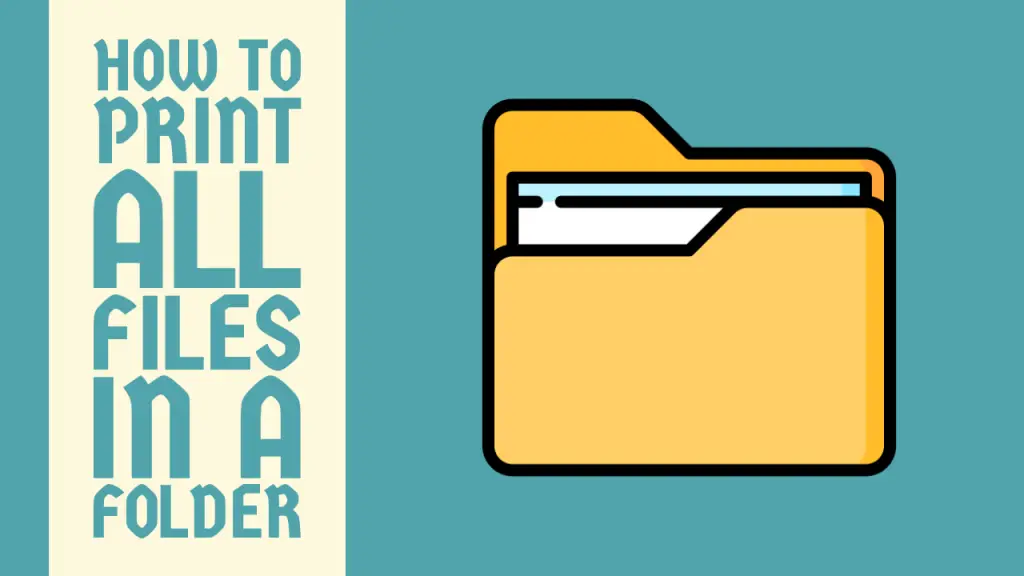
By the end of this guide, you’ll have the knowledge to transform what was once a cumbersome task into an efficient, automated process that saves both time and energy.
Method 1: Using Windows File Explorer
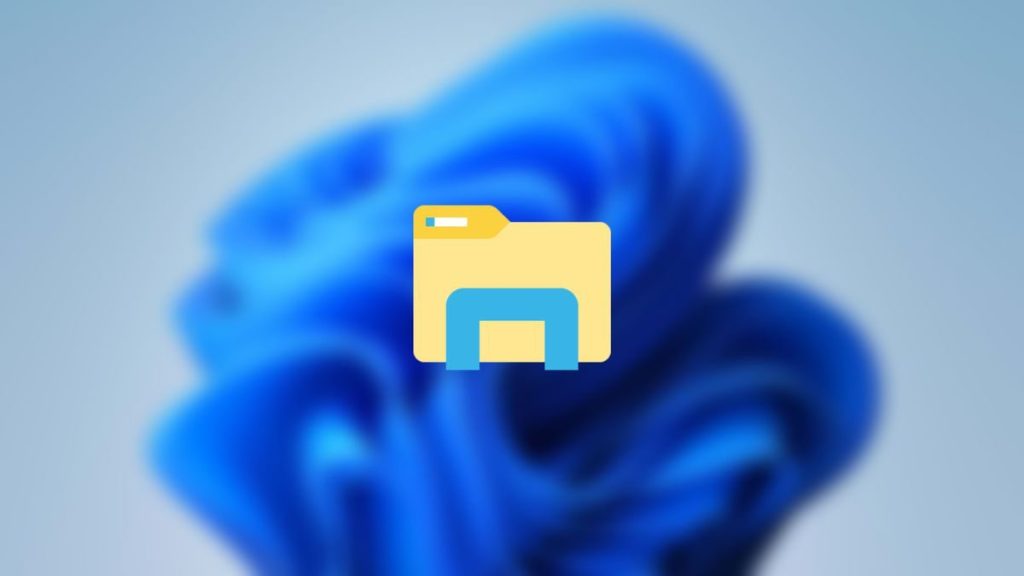
Step 1: Open the Target Folder
Navigate to the folder containing the files you want to print using Windows File Explorer.
Step 2: Select All Files
To select all files in the folder, press Ctrl + A on your keyboard. If you need to select specific files instead, you can click and drag your mouse to create a selection box around the desired files.
Step 3: Initiate Printing
After selecting the files, right-click on any of the selected files to open the context menu. Choose ‘Print’ from the options presented. Windows will automatically process each compatible file through its default application.
Step 4: Configure Print Settings
When the print dialog appears, adjust your printer settings according to your needs. You can select the appropriate paper size, orientation, and quality settings. Determine whether you need color or black and white printing, and set the number of copies required for your task.
Related Guide: How to Print Zip Files
Method 2: Command Prompt Approach

Step 1: Open Command Prompt
To access the Command Prompt, press the Windows key + R on your keyboard to open the Run dialog. Type ‘cmd’ and press Enter. Alternatively, you can right-click the Start button and select ‘Windows Terminal (Admin)’ for administrative privileges.
Step 2: Navigate to Directory
Use the ‘cd’ command to navigate to your target folder. For example, type “cd C:\Documents\PrintFolder” to move to that specific directory. Ensure you input the correct path to your folder location.
Step 3: Execute Print Command
For printing text files, use the command “print .txt”. To print all files regardless of type, enter the command “for %f in (.*) do print %f”. The system will process each file sequentially, sending them to your default printer.
Method 3: Using Print Management Software

Step 1: Choose Appropriate Software
When selecting print management software, consider several key factors. The software should provide comprehensive document management capabilities and support various file formats. Look for features like batch processing and preview options that match your specific requirements.
Step 2: Install and Configure
After selecting your preferred software, proceed with the installation process. Once installed, set up your printer connections within the software interface. Take time to configure the default settings according to your regular printing needs and preferences.
Step 3: Import Files
Within the software interface, navigate to your target folder. Import all the files you wish to print into the software’s interface. During this process, verify that all files are compatible with the software and appear correctly in the preview.
Step 4: Execute Batch Print
Once your files are imported, select all the files you wish to print. Configure your print settings according to your requirements, including paper size, quality, and orientation. After confirming your settings, initiate the batch print process.
Related Guide: How to Batch Print PDF Files
Conclusion
Printing all files in a folder can be accomplished through various methods, each with its own advantages and suitable use cases.
Whether using built-in operating system tools, command-line interfaces, or specialized software, the key is choosing the method that best fits your specific needs and technical comfort level.
Remember to consider factors such as file compatibility, print quality requirements, and resource optimization when selecting your approach. Regular maintenance of both software and hardware components will ensure consistent results and efficient operation.
Frequently Asked Questions (FAQs)

1. Can I print all documents in a folder at once?
Yes, you can print multiple documents in a folder at once using several methods. On Windows, open File Explorer, select all documents in the folder (Ctrl+A), right-click, and choose Print.
For Mac users, select files in Finder and use Command+P. Alternatively, you can use the command prompt (Windows) or terminal (Mac) to print all files with specific extensions.
Many operating systems also offer a “Print Queue” feature where you can drag multiple documents and manage their printing order. Just ensure your printer is properly connected and has enough paper.
2. How to print all word files in a folder in Windows 10?
To print all Word files in a folder in Windows 10, first open File Explorer and navigate to the folder containing your Word documents. Select all Word files by clicking the first file, holding Shift, and clicking the last file (or press Ctrl+A to select all).
Right-click on any selected file and choose “Print”. Windows will automatically open each document in Microsoft Word and send them to your default printer. Alternatively, you can open Command Prompt, navigate to the folder, and use the command “for %f in (*.doc *.docx) do start /w winword /p %f” to print all Word files.
3. What is the shortcut for print?
The most common print shortcut is Ctrl + P which works across most Windows programs, including Microsoft Word, web browsers, and PDF readers. Alternatively, you can also use the function key F + P in some applications.

